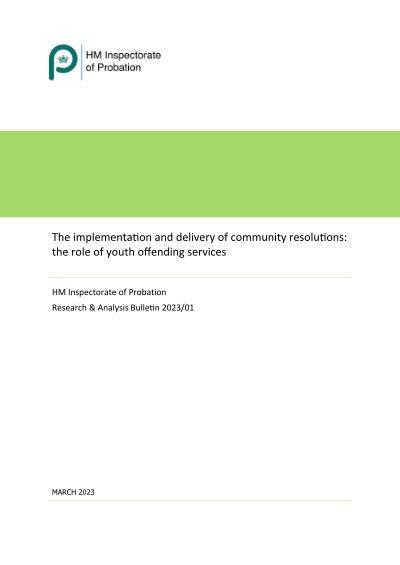By Christina A. Sorenson
Screaming Into The Void: Youth Voice in Institutional Placements is a report written by 2019 Soros Justice Fellow Christina K. Sorenson. This comprehensive report includes a personal anthology, a historical analysis, a review of the current state of affairs, an in-depth look at Pennsylvania, and a 51- jurisdictional research survey of youth grievance protections in institutional placements across the dependency and delinquency systems. The historical analysis is limited but essential to understanding the current system's failures and the need for system re-imagining.
The regularity of out-of-state placement necessitates a national perspective. The complicated intersection of federal and state laws exists ostensibly to protect the children we incarcerate. However, the research in this report unequivocally proves that nationwide, our oversight systems systematically dis-empower youth, hide abuses and limit liability.
Organized around three core components: See Youth, Hear Youth, and Protect Youth, this report weaves an existing analysis of protections across the county with multi-disciplinary recommendations and approaches. Finally, there is a curriculum developed by expert Antonio Thomas, to help jurisdictions work directly in partnership with youth to develop youth-centered grievance protections.
The purpose of this report is not to offer an answer, a model, or a template for grievance protection. Instead, the history, state statutory and regulatory review, and curriculum aim to supply the resources necessary for policy-makers and advocates to empower and include local youth with lived experience in imagining and implementing effective youth-centered grievance protections.
Philadelphia: Juvenile Law Center, 2023. 108p.





















